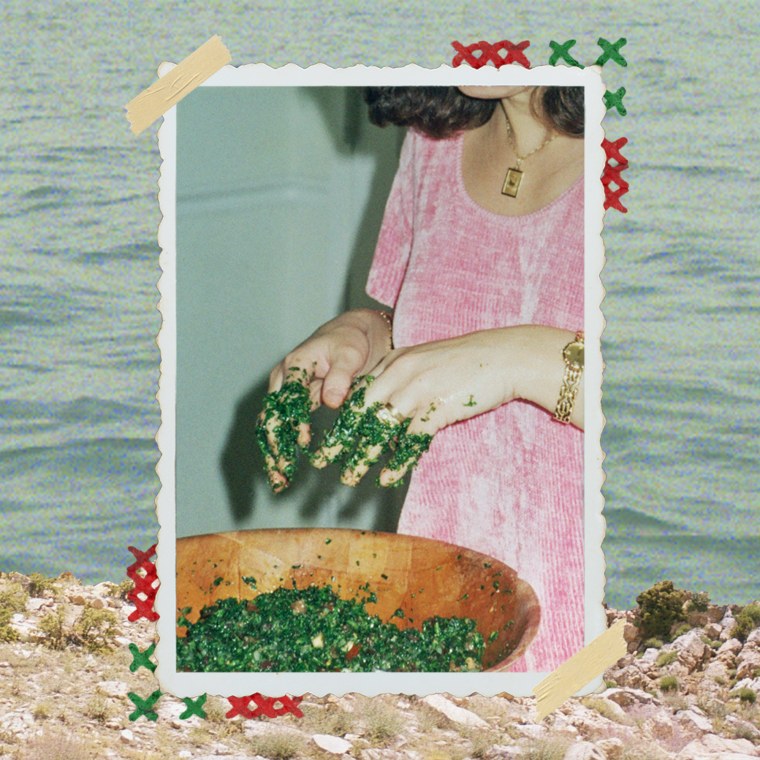When I think of Arab culture, food is the first thing that comes to mind. We are known to eat fruits and vegetables in all stages of growth: almonds, lima beans, sour green plums and chickpeas, just to name a few. We also, despite the intense labor and time-consuming nature of it, love to stuff things: eggplants, onions, zucchini and, last but not least, grape leaves. Its name varies from country to country, but what it stands for stays the same. Our food acts as an unspoken love, a steadfast strength, a detailed care, a long history and an act of resistance.
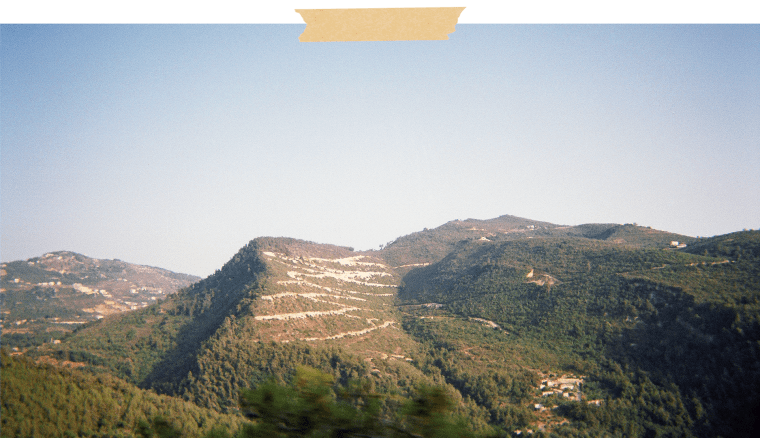
It took me a while to arrive at those revelations. Growing up in a predominately white American district, my school lunches looked very different from my classmates. I wanted ham and cheese sandwiches, but I got labneh and za’atar. I wanted chips and pretzels, but I got kaak sticks instead. I wanted fries, but I got warak anab — stuffed grape leaves. It was never a matter of taste or preference, but a matter of fitting in and not drawing any more attention to myself. The dreaded “what’s that?!” paired with an uneasy facial expression still haunts me today. I had to learn to embrace our culture, and for me, food was the way. Part of me thinks I wanted to learn everything there is to know about the dishes I grew up with to redeem myself from all the times I tried to conform to something I wasn’t. As an Arab born in America, I felt guilty and sad that I didn’t experience what it was like to be raised in my country of origin. Knowledge is power, and the more I learned, the more confident I became in my genuine, Arab self.
Part of me thinks I wanted to learn everything there is to know about the dishes I grew up with to redeem myself from all the times I tried to conform to something I wasn’t.
After years of patiently observing the women in my life make warak anab, I decided to take on the challenge while away for college in 2014. Not to brag too much, but I picked it up seamlessly and my tips and tricks have evolved since then. My quickly acquired grape-leaf-stuffing skills are a testament to the labor and care that my family put into each giant pot of perfect, juicy, melt-in-your mouth warak anab. Like in many cuisines outside of the Western world, there is no set-in-stone recipe that gets passed down. A couple handfuls of this, a pinch of that, a mug of water, a little bit of that and a little bit of this until it tastes just right. My aunts would sit with a big pot of hashweh (stuffing) and a gallery of grape leaves for hours, rolling up each leaf as easily as sealing a stack of envelopes. Growing towers of tightly wrapped grape leaves eventually made their way into a pot that would sit on the stove for at least an hour. The house would smell like heaven, and everyone knew exactly where to find me: hunched over the pot trying to get a taste before anyone else. Back then, it was easy to assume that there would be warak anab on the table at every family gathering without thinking of the work it took to get them there. While you can still find me hunched over that pot today, I eat a little slower and never forget to kiss the hands that so graciously made the food.
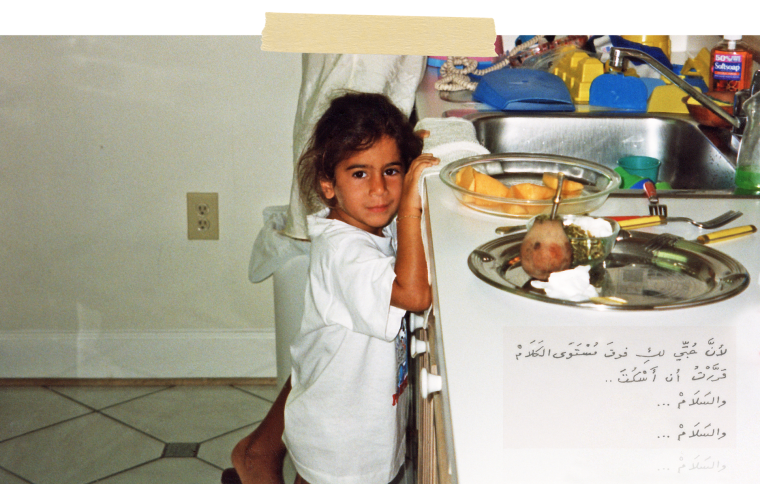
The more I observed the making of warak anab and other time-consuming dishes from southwest Asia, I started seeing the connections between our cooking and how Arabs care for one another. Despite the stereotypes you’ve probably seen in Western movies and in the media, painting Arabs as angry and violent, we are incredibly kind and complex people. With over 12 million words in the Arabic language, we have 24 ways to say the word "love" and 13 ways to say the word "friend." We treat friends like family, and whenever we see you we always ask if you’ve eaten a full meal yet. Apologies from our parents after family feuds come in the form of freshly cut fruit. Presents and housewarming gifts are typically food and kitchenware. The time we spend preparing and cooking meals mimics the time and detail we put into how we tend to each other. It’s custom to make meghli, a Lebanese rice pudding spiced with cinnamon and caraway, when someone gives birth. We make hareeseh, an ancient porridge-like dish made of shelled wheat and lamb, during the winter for warmth.
I’m still learning these customs and recipes, but doing so makes me feel like I am honoring family members and ancestors who are no longer with us. It’s taught me that, despite the challenges of unwanted wars, destruction of land, displacement and the deaths of family members, nothing truly dies.
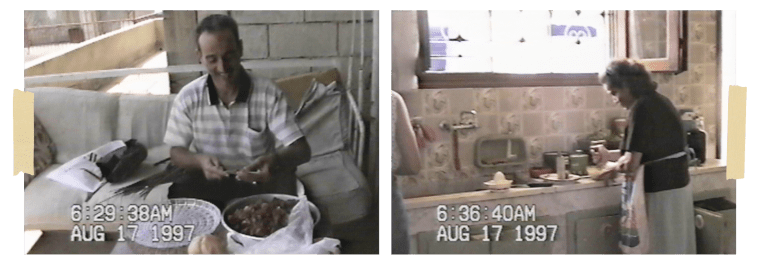
While Lebanese people call it warak anab or warak areesh, there are many different names for this time-consuming dish. Palestinians call it warak dawali, Syrians call it yebrak and Iraqis call it dolma. Whatever the name, either stuffed with meat and rice or vegetables and rice, this dish is widely loved, and many fight over whose is the best. Since my family has always made the vegetarian version, that’s what I’m used to.
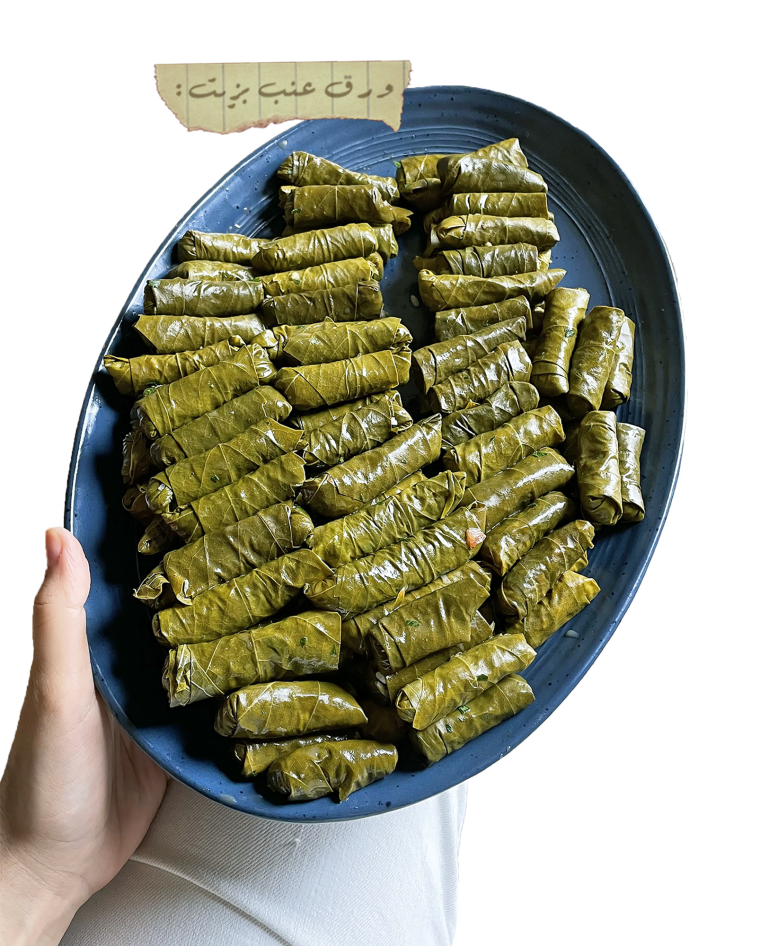
Preparing warak anab requires attention to detail. I learned from my mom that buying a specific brand of grape leaves that have smaller, more delicate leaves works much better, so the bite isn’t too thick. She also taught me to pick tomatoes that aren’t too firm so that there is an abundance of liquid that goes into the mixture, which helps cook the rice inside. Every little detail that goes into the making of this dish has a purpose.
It’s not just warak anab, though: Some of our other staple ingredients, such as olives and za’atar, also signify cultural preservation and identity. From the destruction of olive trees in South Lebanon, caused by Israeli shelling, according to the agricultural minister, to the Israeli government outlawing the cultivation of za’atar in Palestine, these ingredients alone are an act of resistance and preservation for Arabs and Palestinians who have faced and still face displacement and occupation today. Learning about these ingredients and how they’re grown and cultivated provides others with important context and a deep understanding of the labor and love that Arabs have for their land.
Even though I have started to dislike the word resilience — it makes me think about why someone was forced to be resilient in the first place — I can’t help but embrace its meaning. My mom rolling grape leaves, my aunts picking from olive trees on the side of the road, my late teta (grandma) preparing seasonal ingredients for the whole family — these are all acts of preservation. Since I was a little girl, especially after visiting Lebanon for the summer while the 2006 war erupted, I was constantly aware of how fast we could lose everything. Against so many odds, we are still here. We are still rolling warak anab. We carry our traditions and culture wherever we go and we carry them with pride — even when it’s all we have left.
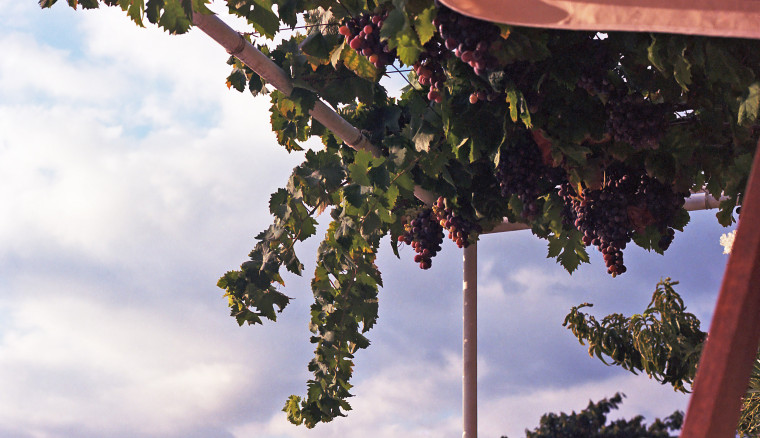
Learn to make my warak anab
Ingredients
- 2 bunches of parsley
- 5-6 medium tomatoes
- 1 large onion
- 1 jalapeño
- Half a bunch of mint
- 2 small potatoes
- 4-5 lemons
- 1 jar of grape leaves
- Olive oil
- 1 cup of Egyptian rice (or arborio rice)
Instructions
- Slice the potatoes and set aside.
- Finely chop the parsley, tomatoes, onion, jalapeño and mint, and put them in a large mixing bowl.
- Add in the juice from the lemons, a hefty amount of olive oil and salt, and a pinch of pepper.
- Add the rice to the mix.
- Add more salt, lemon, olive oil or spice to taste. It should be salty and lemony. If your face puckers a bit, that’s when you know it’s good to go.
- Drain the liquid from the mixture and save for later.
- Rinse the grape leaves and quickly boil them to remove the liquid they were in and loosen up the leaf. This makes the leaves easier to work with.
- With the vein side up and the stem removed, place a small spoonful of stuffing at the bottom center of the leaf.
- Bring up the bottom of the leaf, tuck in the sides and finish rolling like you would a wrap. Repeat until there’s no more stuffing left.
- Put a dash of olive oil in a pot and line the pot with a layer of potato slices.
- Put the grape leaves on top of the potatoes, making a spiral shape.
- Place a small plate right on top of the grape leaves, face down in the center of the spiral.
- Pour the saved liquid on top of everything.
- Cover the pot and when it starts to boil, turn it down to simmer for 45 minutes to an hour.
- Once it’s cooled down, place a large flat plate over the top of the pot, flip and enjoy!
